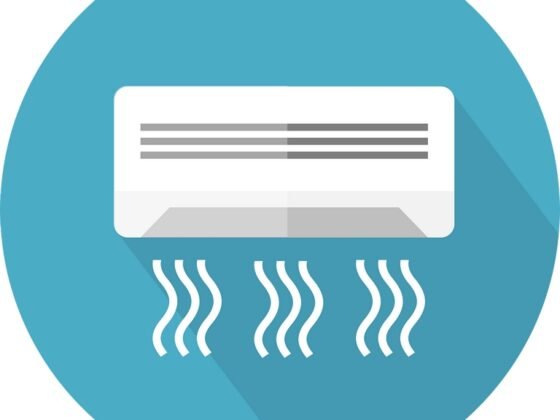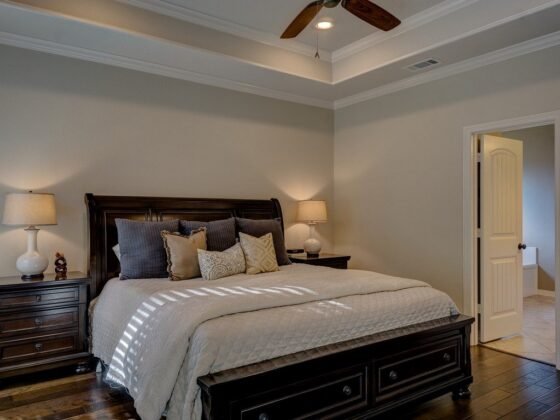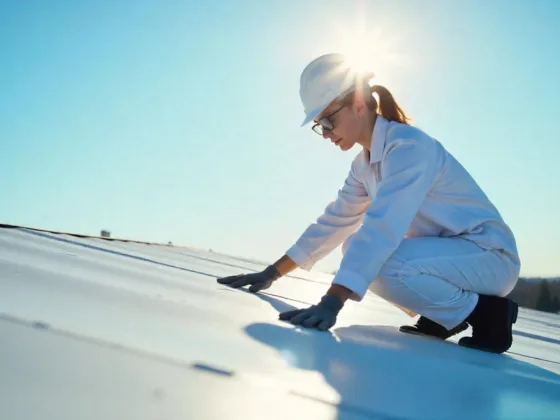Purchasing a first home can be both exciting and stressful. If you’re a first-time homeowner moving into a larger residence because of a growing family, there are many elements to consider before choosing a house.
Location, budget, size, and even the type of mortgages available can all play a part in the decision. However, there are many ways to keep monthly costs low by monitoring a healthy budget.

For example, there are numerous home improvement and sustainable home solutions that can cut your monthly utilities.
Likewise, there are smaller solutions that you can integrate into your family’s daily living for better energy efficiency and consumption.
If you’re a new homeowner and are currently planning a method for responsible and cost-efficient living, it’s best to know the many options and solutions to help you come out ahead.
Here, we will look at a few financial tips for after buying your first home and a few strategies you can implement to keep monthly costs low.
Read Also:
Energy Efficiency and Household Savings
One of the best money-saving strategies for any homeowner is to monitor their household’s energy consumption.
If your monthly payments on utilities such as electricity and water are a concern, keeping a close eye on your home’s energy use is a great way to begin living a sustainable lifestyle.
For example, consider reminding each family member to turn off all lights and electronics when leaving a room or only doing laundry when an entire load of dirty clothes is ready to be washed.
Likewise, hand-washing dishes and keeping the home’s thermostat at a moderate setting can quickly lower monthly payments on all the utilities.
Remember that moving into your first home is also an excellent time to initiate more extensive sustainable home upgrades.
These larger projects could include additions like solar panels for your home or a more sustainable HVAC system, such as a heat pump for geothermal heating.
Today’s homeowners often consult outsider financial institutions for home loans that can cover such worthwhile investments.
For example, the San Francisco-based firm, GoodLeap, partners with sustainable home professionals all over the United States to help homeowners afford the best sustainable home improvement projects.
If “going green” and leaving a lower carbon footprint are priorities for you and your family, it may be a good idea to consider investing in more sustainable additions throughout the home.
As a fantastic incentive, many environmentally-friendly home additions and renovations qualify for money-saving tax credits.
A Sustainable Household Budget
Of course, having a sustainable household can mean many things. Aside from responsibly using your home’s utilities, there are other significant decisions regarding your income and spending habits that directly affect your budget.
This constitutes your home’s ongoing financial sustainability. For this, a first-time homeowner can’t go wrong by working with a professional financial advisor.
There are also great options to open your own PC money account, which specifically help you and your family allocate the monthly budget for the most critical responsibilities.
If you have a credit card or have purchased your home after familiarizing yourself with various loan applications, you’re already aware that your credit rating and bill payment history can significantly affect the details of your mortgage.
Although you may have qualified and the needed funds were quickly deposited into your bank account via direct deposit, consistent financial responsibility can line you up for future accreditation.
Even if you’ve been able to incorporate as many sustainable features into your home as you can afford, you may wish to apply for a home loan for other future additions.
By establishing both your credit and financial affairs in order early, you’ll line yourself up for decades of successful economic sustainability and peace of mind.









